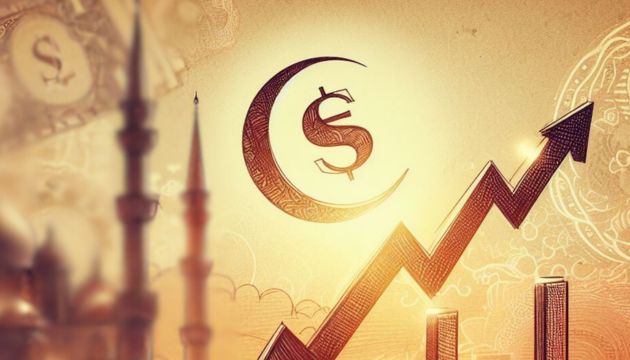By Shahzada Ahsan Ashraf
There is a general misconception that the IMF loves asserting adverse conditions and that they would be against a rate cut. If there is sound reasoning and if data supports that, there is no reason to keep interest rates elevated.
In the present scenario, although headline inflation appears inflated, it has sharply decreased, with March 2024 inflation expected to be around 20%, and core inflation also expected to subside to 16%. Real interest rates will be positive on a forward-looking basis.
Is this the right time to cut rates? We project SBP to cut rates in the upcoming Monetary Policy Statement (MPS) by 100 bps. The caretaker government has long been calling for an interest rate cut at the first opportunity, and this appears to be it.
Demand is significantly down, the Current Account Deficit (CAD) is well-contained, the Rupee is on the rise, the political environment is much better, and the business community is being stretched by substantially higher financing costs.

600 bps rate cut this year We project inflation to come down to around 16% by the end of the calendar year and expect a 600 bps cut in the policy rate between the 7 Monetary Policy Committee (MPC) meetings expected this year.
How low can USD/PKR go? With the Rupee consolidating, everyone is bracing for USD/PKR to go down further, citing better Ramadan inflows and anticipating a successful third review of the IMF.
Although it may appear that the direction is down, we expect the State Bank of Pakistan (SBP) to buy excess dollar liquidity to keep the market stable. FX Reserves have already increased by a significant $130 million. The line in the sand for USD/PKR is around 277/$, which marks the recent low of October 23.
We expect support because there is very little to gain by a stronger Rupee and much to lose by way of lost exports and subsidized imports, whereas the current Real Effective Exchange Rate (REER) also denotes a marginally overvalued Rupee. It must be kept in mind that exporters are already being hurt by steep rises in energy prices, high cotton prices, and multi-year high interest rate costs.
Swap Premiums Swap premiums have retreated from their recent highs and reflect 1. the market’s view of declining interest rates 2. Forward selling interest from exporters & 3. Comparatively lesser dollar liquidity in the interbank market. With upcoming bond repayment of $1 billion next month, analysts expect the swaps to go down further, though gradually.
Rupee Outlook We expect the Rupee to remain range-bound if there are no surprises on the IMF front. If there is a rate cut, it might wobble but then fall back in line. If there is no rate cut, we might see it test the 278 level.
US inflation rises to 3.2% The US inflation (both CPI & Core) rate crept higher in February, which triggered a quick rally in the dollar and a sell-off in government bonds. The increase in inflation was mainly due to energy costs, such as gasoline, falling less than expected.
The US dollar responded to the inflation report with sharp swings against the major currencies. The markets have lowered rate cut expectations, as the Fed will be less inclined to lower rates if inflation is moving higher. The Fed is virtually guaranteed to pause at the March meeting and the probability of a June cut has fallen to 66%, compared to 90% just one month ago.
Assets on a surge The spectacular bull market that resumed in mid-October has continued into the first 9 weeks of 2024. Bitcoin has surged past the $70k level. Copper and gold prices have had a sharp run of late, while WTI crude oil has surpassed the $80 level. Rising commodity prices have helped fuel a rally in energy stocks and miners.
(The writer is a Former Chairman and Managing Director PIA, Former Federal Minister of industries and production)














